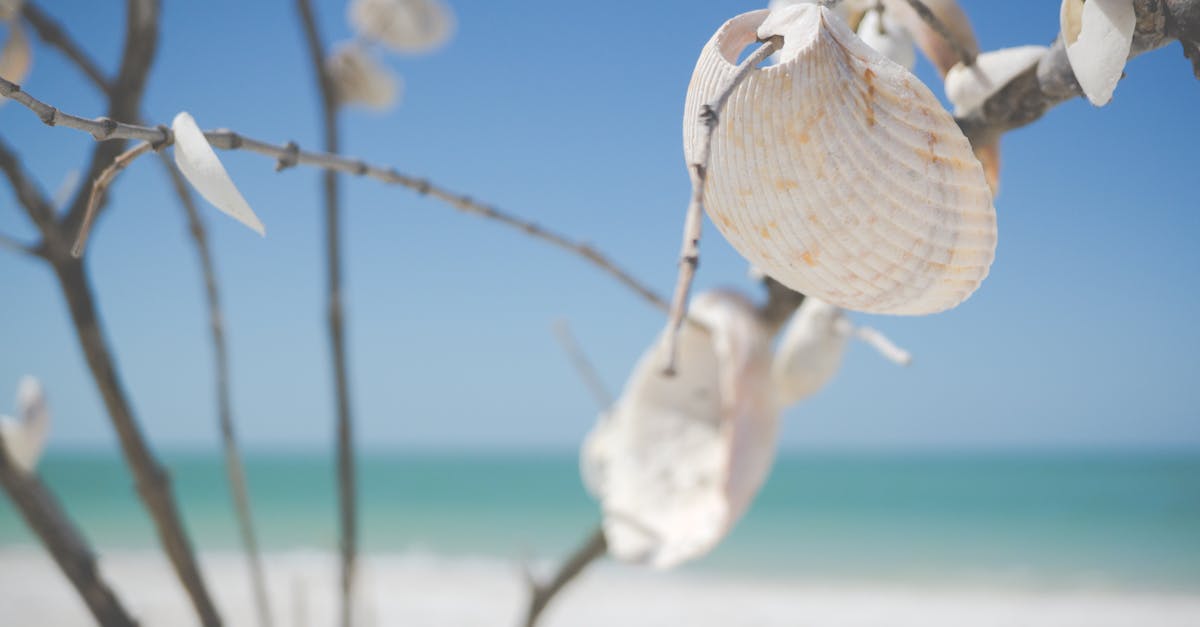Nestled along the pristine shores of Florida lie vital ecosystems teeming with diverse wildlife.
Our journey into the area of local wildlife and habitat conservation on Florida beaches unveils a captivating narrative of preservation and coexistence.
From the endangered sea turtles seeking sanctuary to the vibrant coastal flora painting the world, our exploration delves into the intricate world of nature’s delicate balance.
Join us as we navigate the sandy dunes and azure waters to unravel the secrets of sustainable conservation practices and the tireless efforts to protect these invaluable habitats.
Key Takeaways
- Wildlife conservation on Florida beaches is crucial for maintaining biodiversity and sustainable ecosystems.
- Florida beaches are home to diverse species like sea turtles and shorebirds that play vital roles in the ecosystem.
- Threats to local wildlife and habitats include coastal development, pollution, and climate change.
- Collaborative conservation efforts involving organizations and government agencies are essential for protecting wildlife and habitats.
- Sustainable practices such as beach cleanups, native plant restoration, and reducing light pollution are key to safeguarding Florida beach habitats.
- To get involved in local wildlife conservation efforts, visit the Florida Fish and Wildlife Conservation Commission and the National Audubon Society.

The Importance of Wildlife Conservation
When we protect our local wildlife, we’re not just saving cute animals – we’re ensuring the health of our entire ecosystem. Florida beaches are home to a diverse range of species, from sea turtles to shorebirds, all playing a crucial role in their environment. By preserving their habitats, we maintain the delicate balance of nature around us, supporting biodiversity and sustainable ecosystems. To learn more about the significance of wildlife conservation, check out this informative article from the National Wildlife Federation.
Conservation efforts on Florida beaches are vital in safeguarding these unique ecosystems for future generations to enjoy. Protecting our wildlife means safeguarding the natural beauty of our shores and ensuring a healthy environment for all living creatures. Take a moment to explore the importance of wildlife conservation with this insightful resource from the Florida Fish and Wildlife Conservation Commission.
Diverse Wildlife Species Found on Florida Beaches
When strolling along Florida beaches, we can encounter diverse wildlife species that call these coastal areas their home. From majestic sea turtles to charming shorebirds, the local wildlife contributes to the ecological richness of the region. Sea turtles, including loggerheads, green turtles, and leatherbacks, play a crucial role in maintaining marine ecosystems by controlling jellyfish populations.
Shorebirds like the piping plover and least tern are also common sights along the sandy shores. These birds are essential for maintaining beach ecosystem balance by feeding on insects and small creatures. By preserving their habitats, we ensure a healthy environment for both wildlife and visitors to enjoy.
If you’re interested in learning more about these fascinating creatures, you can visit the National Wildlife Federation for additional information on wildlife conservation efforts in Florida.
Together, we can protect and preserve the diverse wildlife species that make Florida beaches truly special.

Threats to Local Wildlife and Habitat
Living in harmony with nature is crucial for the well-being of local wildlife and their habitats. But, Florida’s beaches face several threats that can impact the delicate balance of these ecosystems. Some common challenges include:
- Coastal Development: Construction projects near beaches can disrupt natural habitats and nesting areas for wildlife.
- Pollution: Harmful substances like plastic waste and chemicals pose a threat to marine life and seabirds.
- Climate Change: Rising sea levels and extreme weather events caused by climate change can lead to coastal erosion, impacting nesting sites for sea turtles and shorebirds.
To combat these threats and protect our precious wildlife and habitats, it is essential to raise awareness and promote sustainable practices in beach management and development.
For more information on how you can get involved in local wildlife conservation efforts, visit Florida Fish and Wildlife Conservation Commission and National Audubon Society.
Conservation Efforts and Initiatives
When it comes to preserving the local wildlife and habitats on Florida beaches, collaborative efforts are essential. Local organizations partner with government agencies to carry out various conservation initiatives, ranging from habitat restoration projects to wildlife monitoring programs.
One example is the Florida Fish and Wildlife Conservation Commission, which focuses on protecting endangered species like sea turtles through nesting site conservation and public education campaigns. Another key player is the National Audubon Society, which works to safeguard the natural habitats of shorebirds by advocating for beach conservation practices.
Engaging in these conservation efforts not only benefits the intricate ecosystems of Florida beaches but also ensures that future generations can enjoy the beauty of our coastal wildlife. Join us in supporting these initiatives to make a positive impact on our precious natural environment.

Sustainable Practices for Protecting Florida Beach Habitats
When it comes to protecting Florida beach habitats, there are several sustainable practices we can carry out to ensure the well-being of our local wildlife and ecosystems:
- Beach Cleanups: Participating in beach cleanups helps remove harmful debris that can threaten marine life.
- Native Plant Restoration: Planting native vegetation on beaches helps stabilize the sand dunes and provides habitats for local species.
- Reducing Light Pollution: Shielding or redirecting lights near beaches can benefit nocturnal wildlife like sea turtles.
Check out the Florida Department of Environmental Protection and Audubon Florida for more information on sustainable practices for protecting Florida beach habitats.
